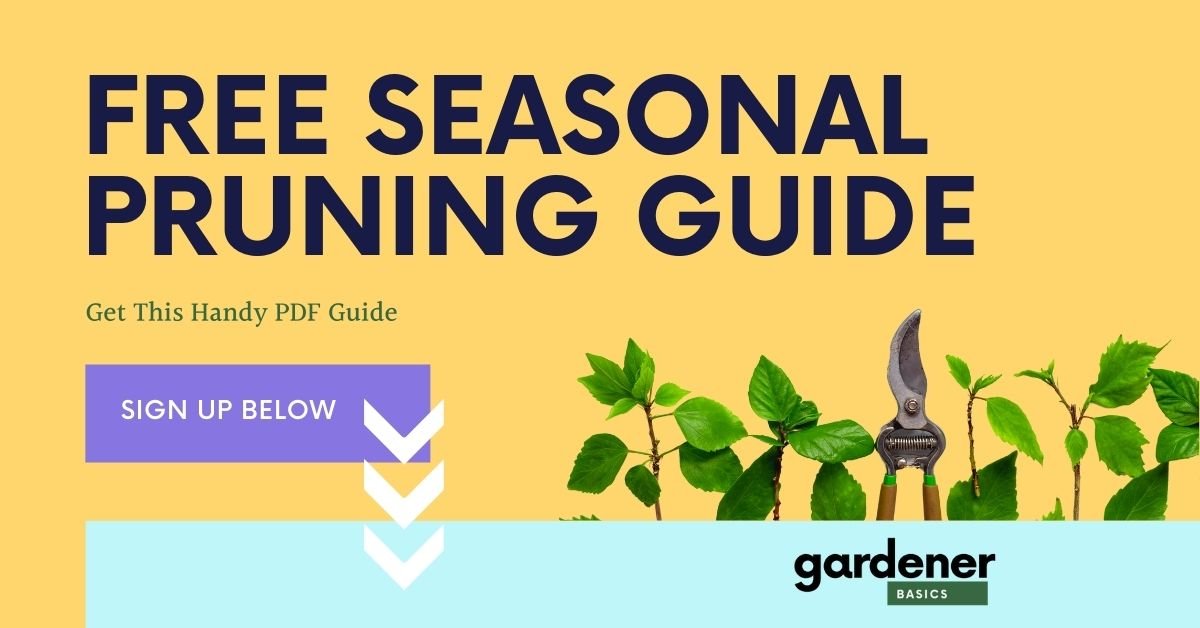Should You Start with Seeds or Transplants?
Seeds vs. Transplants
Should you start your garden from seeds or go the route of transplants?
The debate between starting with seeds or transplants is a critical one for your garden's foundation. While seeds represent potential and a blank slate, transplants offer a head start and some assurance of success.
For all beginner gardeners, it's important to understand the impact of this choice on the development and enjoyment of your new hobby.
The items listed above are accompanied by affiliate links, meaning I earn a small commission if a purchase is made through my links. This has no impact on the cost to the consumer. I link to products this way whenever possible, and it has no bearing on the products I choose to review or recommend.
Benefits of Starting with Seeds
Starting from seed
Cost-effective
One of the most compelling reasons to choose seeds over transplants is the cost.
Seeds are significantly cheaper, allowing you to grow a larger variety of plants for the same investment.
This is particularly beneficial when planning a large garden.
Greater variety options
When you start with seeds, you unlock a world of diversity not often available with transplants.
Seed catalogs and stores boast an impressive array of species and varieties, enabling you to experiment and customize your garden to your tastes.
Learning experience
There is something truly satisfying about taking care of a plant and watching it grow from a tiny seed to a mature plant.
You'll learn a lot about the growth process and gain invaluable insights into the plant’s needs from the beginning of its life cycle.
Health
Starting from seed reduces the risk of introducing diseases that might be present in garden centers or nurseries.
You can ensure the health and safety of your plants from the beginning by starting with high-quality seeds.
Timing
Seeds can be started indoors to extend the growing season, especially in areas with short growing seasons.
This allows you to get a head start on your garden and enjoy fresh produce earlier in the season.
Benefits of Starting with Transplants
Starting with transplants from a nursery or garden center.
Immediate results
It's also about instant gratification.
Transplants allow you to fill your garden with greenery much quicker than seeds. This can be particularly satisfying and encouraging for a beginner gardener.
Easier for beginners
Transplants are a more forgiving option for novice gardeners.
They have already gone through the delicate early stages of growth and can be planted directly into your garden without much worry.
For beginners, transplants can be easier to manage and less susceptible to the pitfalls of early plant development such as damping off.
Save time
Starting with transplants means skipping several weeks or even months of growing time.
This is particularly beneficial for those living in colder regions where the growing season is shorter.
Less risk involved
Starting with transplants offers a level of assurance that seeds do not.
You can see what kind of plant you are getting, how healthy it is, and even if it's already starting to produce flowers or fruits.
This minimizes the risk of investing time and effort into growing plants from seeds that may not thrive.
Higher success rate
Transplants have already passed the vulnerable seedling stage, where many threats loom.
Therefore, they generally have a higher success rate when it comes to establishing in the garden, and you're less likely to face the disappointment of crop failure.
Harvest Time
You'll get to harvest earlier than if you start from seed, which can be crucial for crops in regions with shorter growing seasons.
Transplants also offer the opportunity for staggered plantings, which can help prolong your harvest.
Factors to Consider
Choosing whether to start from seed or transplant depends on your gardening situation, including:
Climate and growing conditions
Evaluate your local climate and growing conditions. Certain plants may grow better when their seeds are directly sown into the garden, while others may require a controlled environment that nurtures the transplants.
Time and effort
Consider how much time and effort you're willing to put into your garden. Starting with seeds requires more attention early on, and transplants need care to acclimate to their new environment.
Gardening goals
Reflect on what you aim to achieve with your garden. Do you want a hands-on learning experience from start to finish, or are you looking for a shortcut to a lush, thriving garden?
Recommendations of When to Use Each Method
Start from Seed
For plants that are sensitive to transplanting, have a short growing season, or when you want to grow a large quantity or variety.
It's also preferred when you have control over the growing conditions from the start or wish to select for specific traits.
Use Transplants
For slow-growing plants, to extend a short growing season, or when you want a head start on the gardening season.
Also useful for beginner gardeners or those with limited time.
Tips for Success
Proper seed-starting techniques
If you opt for seeds, ensure you're equipped with the right knowledge and materials.
Use high-quality seeds, the appropriate soil mix, and maintain suitable temperature and moisture conditions.
Transplanting best practices
For transplants, handle them with care. Acclimate them gradually to outdoor conditions through a process called hardening off, and make sure to plant them at the appropriate depth with sufficient water.
Monitoring and care
Both seeds and transplants demand ongoing monitoring and care. Pay close attention to watering needs, soil fertility, sunlight exposure, and signs of pests or disease.
As you embark on your gardening adventure, remember that whether you choose seeds or transplants, both paths offer unique benefits and learning opportunities. Don't be afraid to experiment with both methods to discover what works best for you and your garden.
Pin it for Later!
If you have any questions, feel free to leave them in the comments section below!















